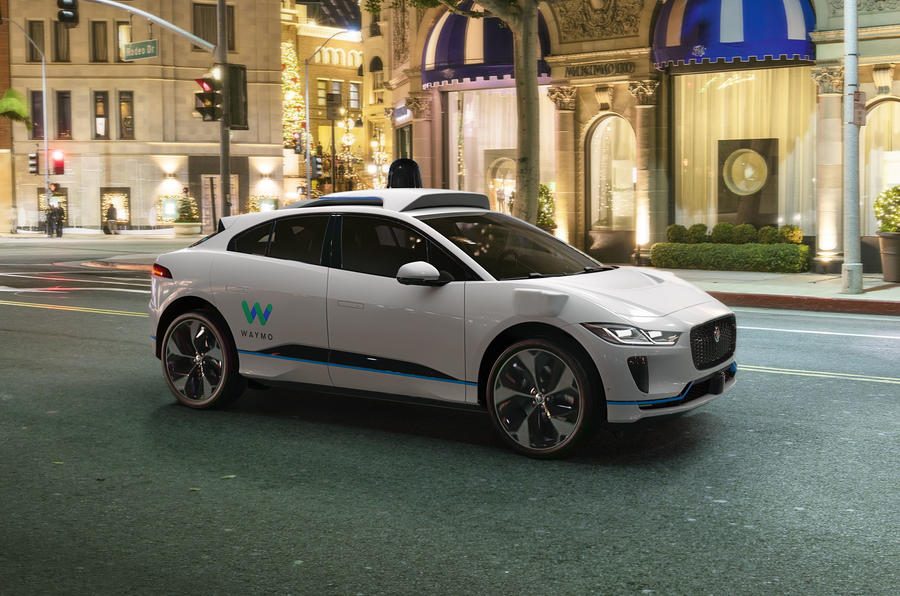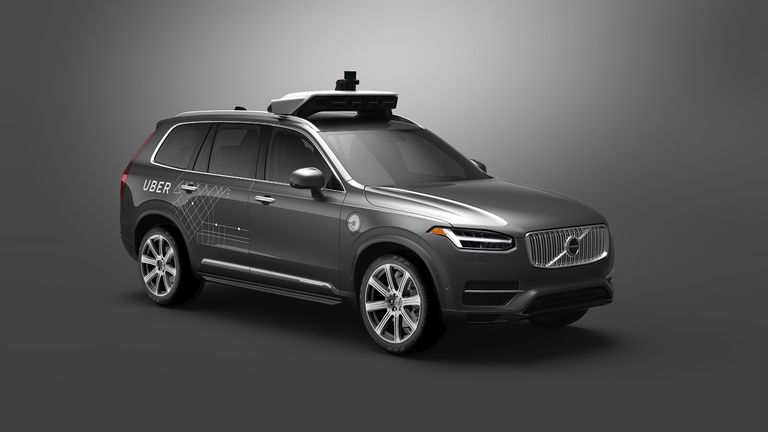Self-Driving Cars: How Near Are We to Seeing Them?

There was a prediction back in 2015 the car drivers will be occupying the back seat instead of the driver’s seat by 2020 because it will be the dawn of the self-driving cars.
But 2020 is almost over, and still, those fully autonomous cars are not forthcoming. What happened? What is causing the delay, or is the concept going to be a dream? Honda, Toyota, Waymo of Google, and Generals Motors declared that they would have this dream car by 2020. Elon Musk even announced that Tesla would have it by 2018.
Interested parties are saying that it is difficult to jump from Level 3 to Level 5. What does this mean?
Levels of autonomous driving
Several car manufacturers, including Tesla, Audi, Mercedes, and Volvo, are in the race to come up with the first fully self-driving car. Some of the features new cars have right now are parking assistance, lane centering, and full stop-and-go radar cruise control.
For autonomous driving, here are the levels:
Level 0. There is no automation at this level. The driver has full control in driving the vehicle, although there may be some features such as warning systems. Most of the cars on the road right now are at this level.
Level 1. The car has an information system (radar-based cruise control) that helps in acceleration/deceleration or steering, but the driver still controls the task of dynamic driving.
Level 2. There is partial automation, with a ”driving mode” controlling the acceleration/deceleration and steering of the car. Still, the human driver is responsible for making turns, exiting freeways, or changing lanes.
Level 3. At this level, there’s conditional automation. The driving environment’s monitoring is through an automated driving system, which controls the car’s acceleration, steering, and braking. The system responds fittingly when the driver has to intervene.
Level 4. High automation is expected at this stage, where the system takes over all the tasks, including when there is a request to intervene, and the driver is unresponsive. Volvo and Ford said they would have a Level 4 before the turn of the year.
Level 5. This is a full automation level, where an automated driving system operates the car and takes over all the aspects of the tasks of dynamic driving.
Reaching Level 5 is what most car manufacturers are running after. After all the various announcements, it seems that reaching Level 5 will take several more years.

What is causing the delay?
Most of the manufacturers racing to have the first fully autonomous car are at Level 3. The prototype cars show good promise when tested in controlled environments. Things faced a major setback when a pedestrian, Elaine Herzberg, died in early 2018 due to an accident when Uber was testing a modified Volvo. Tesla is not immune to accidents while conducting their tests, either.
The incident made the autonomous developers acknowledge that it may take decades to develop the system for autonomous driving. At the same time, the developers are calling to lower the levels of driving autonomy. Until they can perfect the autonomous system, car buyers will have to wait.
Many of the developers scaled back their development attempts since 2018. Audi, for example, abandoned their plan to equip their A8 sedan with Level 3 autonomy. Although Level 4 trials continue, other developers are taking a step back.
Key reasons for the reconsideration and skepticism about Level 5
Developers find that the limitations of sensor hardware and software, and the problems faced with the current infrastructure are causing developers’ skepticism.
They recognize that even if they equip cars with an unlimited quantity of radar, lidar sensors, and cameras all over the vehicle, the vehicle has a limited view of the car’s environment compared to what humans can see visually. That is even though an autonomous system can provide plenty of data that the software can interpret.
The bottom line is that despite all the capabilities of computer technology, human drivers can distinguish and respond better to objects on the road much farther ahead than the tech devices and sensors.